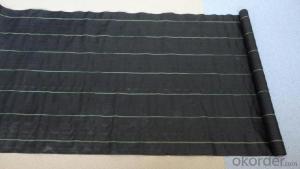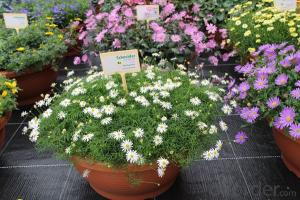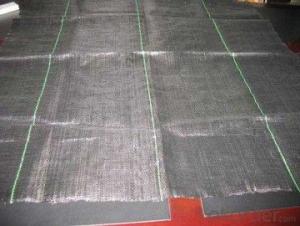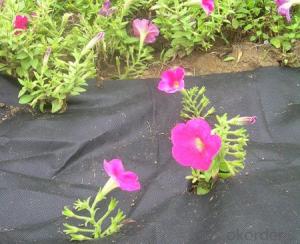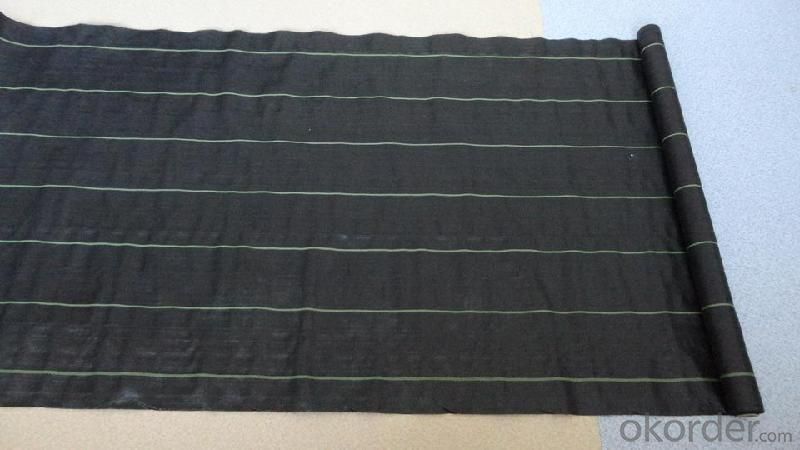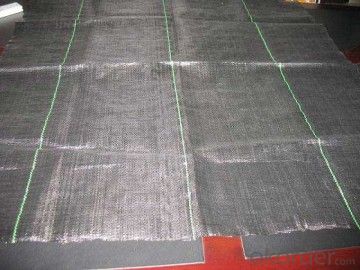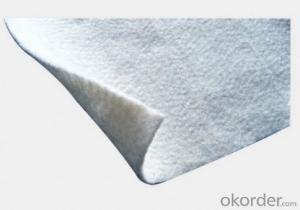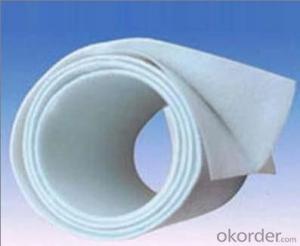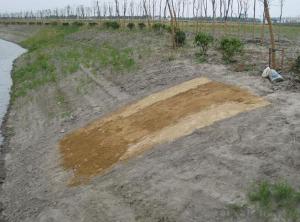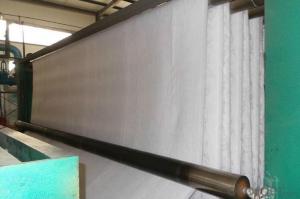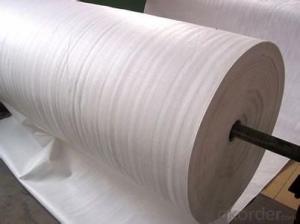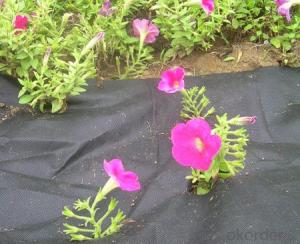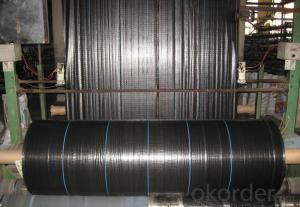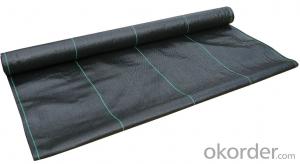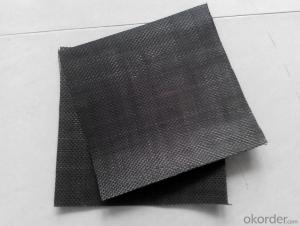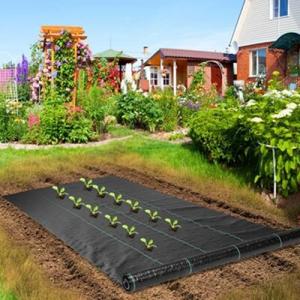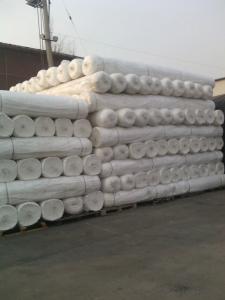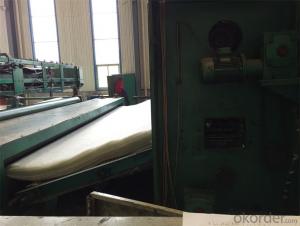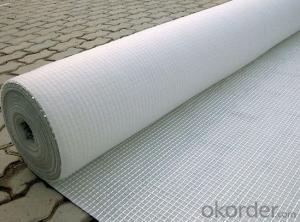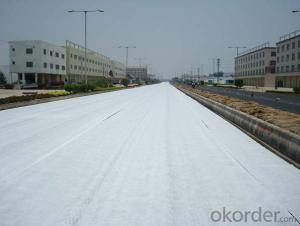Polyethylene Geotextile PP Woven Silt Fence Agricultural Weed Mat Landscape Fabric
- Loading Port:
- Qingdao
- Payment Terms:
- TT OR LC
- Min Order Qty:
- 500 m²
- Supply Capability:
- 500000 m²/month
OKorder Service Pledge
OKorder Financial Service
You Might Also Like
Product Description
The weed control mat is made of environmentally friendly raw materials, pp woven fabric. It used to prevent the growth of weed, without the use of potentially dangerous chemical sprays or labor intensive hoeing. Once installed, weed mat will continue providing protection for years without maintenance.
They are permeable fabrics, which allow air, water and nutrients to pass through, and designed to block out the sun to reduce photosynthesis and stop weed growth.
Specification
ROPERTY | ASTM TEST METHOD | Minimum Average | Minimum Average |
Mass per unit Area | ASTM D-5261 | 3.0 oz/yd2 | 100 g/m2 |
Grab Tensile | ASTM D-4632 | 145 lbs | 660 N |
Grab Elongation | ASTM D-4632 | 15% | 15% |
Trapezoid Tear | ASTM D-4533 | 55 lbs | 245 N |
Water Flow Rate | ASTM D-4491 | 5 gal/min/ft2 | 203 L/min/m2 |
UV Resistance | ASTM D-4355 | 70% @ 500 hrs | 70% @ 500 hrs |
ROLL DIMENSIONS | |||
Roll Width | 0.9m (3’) | 1.8m (6') | 2.7m (9') |
Roll Length | 91.4m (300’) | ||
Roll Weight | 8kgs (17lbs) | 16kgs (34lbs) | 24kgs (52bs) |
Features
1. Weed suppressant and drainage control landscaping fabric
2. Easy to use, Environmentally friendly
3. Allows water, air and nutrients through, suppressing weeds without the use of chemicals
4. Reduces the level of watering required due to the slower rate of water evaporation
Application
1. Excellent Weed Control
2. Moisture, fertilizers, air reach plants to allow for healthy soil
3. Good water and air permeability
4. Exceptional toughness and strength
5. Durable, tear-resistant; won't rot or mildew
6. Lightweight, easy to install, follows natural ground contours
7. Ideal for use in landscaped beds, under decks and walkways.
Packaging & Delivery
| Packaging Details: | Packed In Roll Or In Bales Or Cartons Or According To Customers Requirement |
| Delivery Detail: | 20 Days After Order Confirmed |
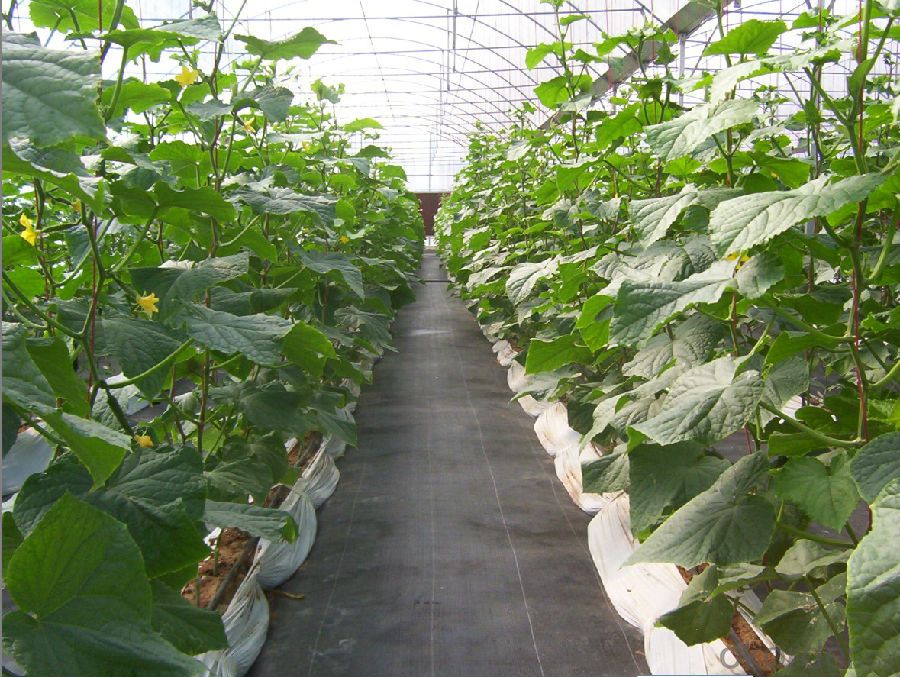
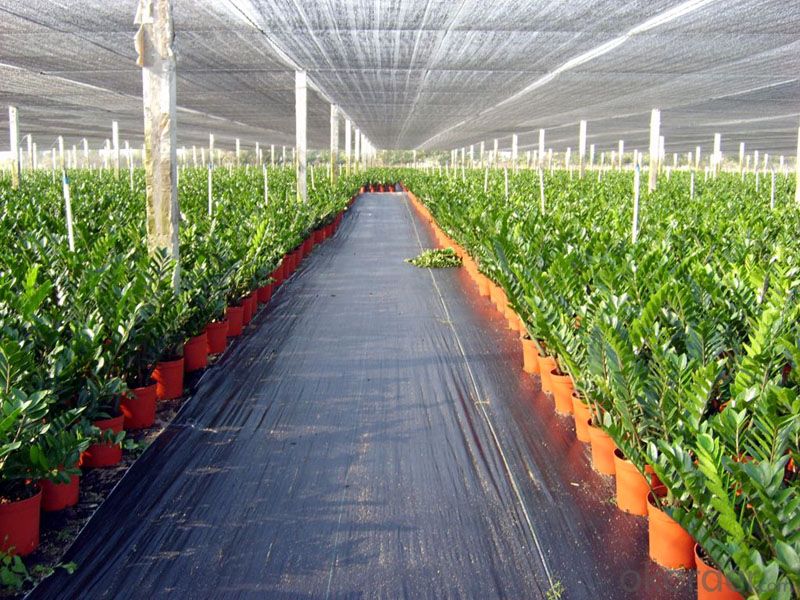
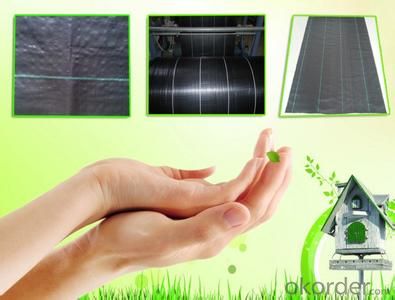
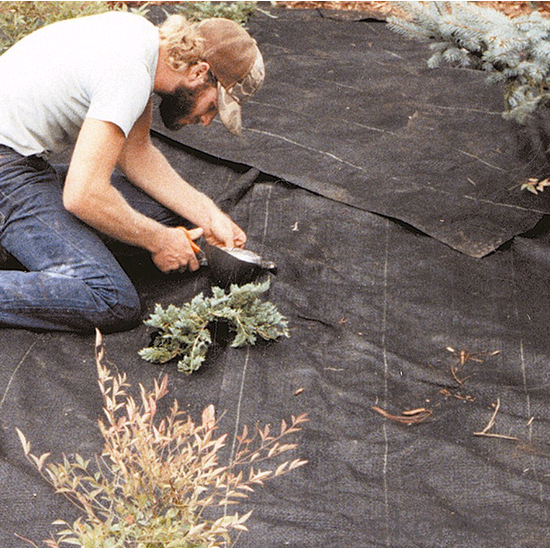
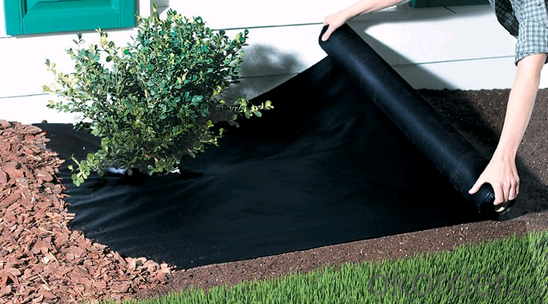
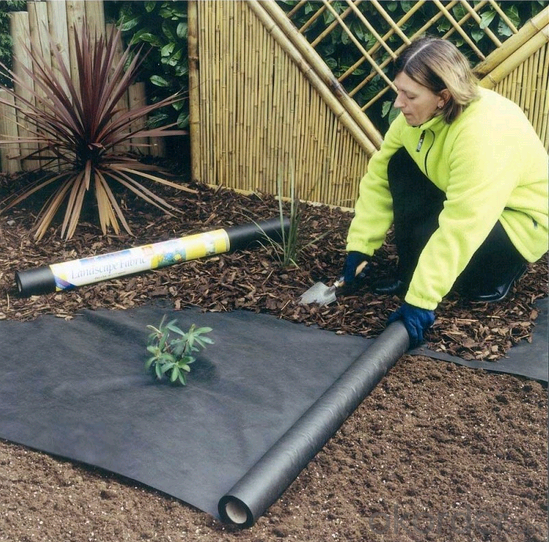
FAQ
1, Samples Policy
Samples are free, but the freight is on customers' charge
Samples will usually be sent out in one day.
2, Prices
As for the prices, we need you to provide us weight, color, width and usage so that
we can quote you best.
3, How to place an order?
Inquiry
Reply
Sample
Contract
Receiving deposit& production
Testing& Packing
Delivery
Receiving
- Q: Are geotextiles resistant to punctures and tears?
- Yes, geotextiles are generally designed to be resistant to punctures and tears. They are made from strong materials that provide durability and can withstand external forces, making them an effective solution for various applications requiring such resistance.
- Q: Can concrete slabs be placed directly on geotextiles?
- The best pad gravel, professional geotextile manufacturers to answer,
- Q: How do geotextiles affect visual aesthetics?
- Geotextiles can greatly enhance visual aesthetics by providing a protective layer that improves the overall appearance of landscapes. They can be used to control erosion, stabilize slopes, and prevent weed growth, resulting in cleaner and more organized outdoor spaces. Additionally, geotextiles can be concealed beneath surfaces such as lawns or gravel, maintaining a visually pleasing environment while serving their functional purpose.
- Q: Construction Method of Sand and Gravel Cushion on Slope Soil Geotextile
- Online to find some relevant construction methods, Google library on a lot. After downloading, modify, targeted to add that is the slope of geotextile sand and gravel cushion construction method.
- Q: Polyester non-woven and geotextile is not the same, what is the difference?
- Polyester is only a raw material, that is, the fiber state of ethylene terephthalate, strictly can not be called a non-woven fabric, because it can not represent the non-woven processing technology. There are two geotextiles, one is the acupuncture processing technology to produce geotextile, there is a polymer directly into the network production of geomembrane! But you can use polyester as a raw material of non-woven fabric you can call it polyester non-woven. I hope you understand, do not understand can continue to explain to you!
- Q: Do you have to have a mattress on the geotextile?
- 1, geotextile must be washed back to fill or sand protective layer and light compaction to prevent the subsequent construction of the destruction of geotextile, punctured and so on. But also a transition zone, to ease the upper load on the geotextile extrusion, tensile force and so on. 2, "Geotextile Construction Code QB / SNGSG-2004" and "Geosynthetics Application Technical Specifications GB / T-2017" backfill requirements: 1) timely backfill materials, backfill stone maximum drop of not more than 300mm, Heavy earth stones should not roll on the slope of the rolling; 2) fill the compaction should meet the design requirements, backfill 300mm loose layer, light compaction. 3, geotextile introduction: 1), geotextile by synthetic fiber through acupuncture or weaving made of permeable geosynthetics. Finished cloth for the cloth, the general width of 4-6 meters, the length of 50-100 meters. Geotextile is divided into a woven geotextile and non-woven geotextile. Advantages: geotextile with excellent filtration, drainage, isolation, reinforcement, anti-seepage, protection, with a light weight, high tensile strength, good permeability, high temperature, resistance to Freezing, anti-aging, corrosion-resistant advantages. 2), Disadvantages: in the rigid base waterproof requirements are not applicable (tensile rate does not meet the requirements), easy to break, scratches and so on.
- Q: Measured geotextile vertical permeability, "highway engineering geosynthetics test procedures" T1141-2006 6.3 balanced head difference is not necessary to balance the 50mm? Can not balance ah more
- So deep, although we produce geotextile, but geotextile detection really is not proficient in it
- Q: What are the fire resistance properties of geotextiles?
- Geotextiles typically have low to moderate fire resistance properties. While they are not inherently fireproof, some geotextiles are manufactured with fire-retardant additives or coatings to enhance their resistance to flames and heat. However, it is important to note that the fire resistance of geotextiles can vary depending on the specific type and composition of the material.
- Q: What are the key factors affecting the tensile strength of geotextiles?
- The key factors affecting the tensile strength of geotextiles include the type and quality of the materials used, the manufacturing process, the thickness and weight of the geotextile, the orientation and arrangement of the fibers, as well as environmental factors such as exposure to sunlight, moisture, and temperature.
- Q: What are the different geotextile installation guidelines?
- There are several different geotextile installation guidelines that vary depending on the specific project and goals. Some common guidelines include ensuring proper site preparation, including clearing and grading the area, as well as removing any debris or vegetation. It is important to properly measure and cut the geotextile to fit the designated area, allowing for overlap and securing the edges. Additionally, proper anchoring methods should be used to prevent movement or displacement of the geotextile. Finally, regular inspection and maintenance should be conducted to ensure the geotextile is functioning as intended.
Send your message to us
Polyethylene Geotextile PP Woven Silt Fence Agricultural Weed Mat Landscape Fabric
- Loading Port:
- Qingdao
- Payment Terms:
- TT OR LC
- Min Order Qty:
- 500 m²
- Supply Capability:
- 500000 m²/month
OKorder Service Pledge
OKorder Financial Service
Similar products
Hot products
Hot Searches
Related keywords
